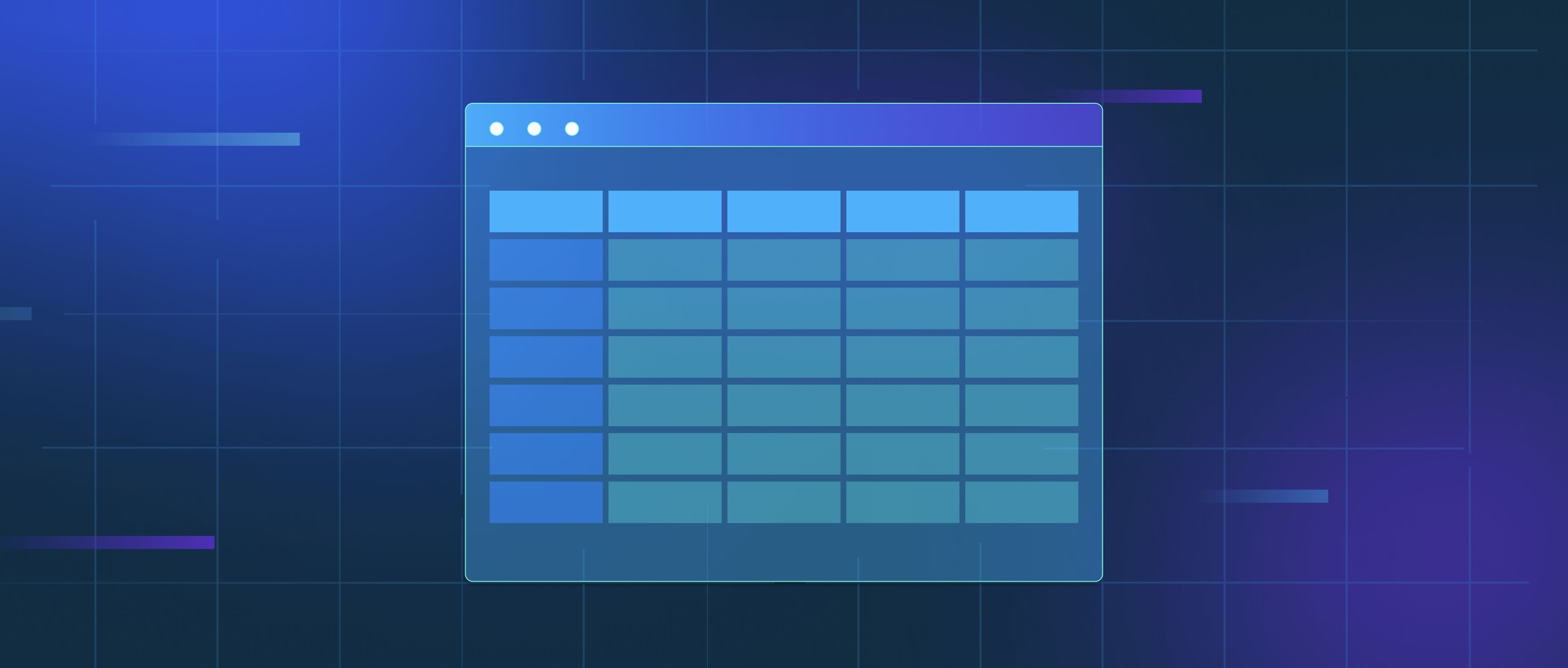In computer vision, a blob is a region of an image that differs in properties like color or intensity from its surrounding areas. The term "blob" refers to areas that are connected and form a distinct pattern within an image, typically used to represent objects, features, or areas of interest in object detection and segmentation tasks. Blob detection methods aim to identify these regions by analyzing properties such as shape, size, and texture. A common technique for blob detection is the Laplacian of Gaussian (LoG), which highlights regions of the image that show significant changes in intensity. Another approach is Connected Component Labeling, which marks pixels that are connected based on a threshold, helping to group them into distinct blobs. In more advanced applications, blob analysis can be used to measure characteristics like area, circularity, and perimeter, which are helpful in tasks like object tracking and recognition. A practical example of blob detection is its use in object tracking in video streams, where each moving object is treated as a blob for further analysis. Blobs are important in a variety of computer vision tasks because they help isolate areas of interest, making it easier to focus on specific objects in the image.
What is blob in computer vision?

- Information Retrieval 101
- AI & Machine Learning
- How to Pick the Right Vector Database for Your Use Case
- The Definitive Guide to Building RAG Apps with LlamaIndex
- Advanced Techniques in Vector Database Management
- All learn series →
Recommended AI Learn Series
VectorDB for GenAI Apps
Zilliz Cloud is a managed vector database perfect for building GenAI applications.
Try Zilliz Cloud for FreeKeep Reading
Can AI develop a general reasoning capability?
AI can develop a general reasoning capability, but it is still limited compared to human reasoning. General reasoning re
What is the difference between guardrails and filters in LLMs?
Guardrails and filters serve similar purposes but differ in their scope and implementation. Filters are simpler mechanis
How does vector search handle real-time updates?
Vector search is designed to efficiently manage real-time updates, which is crucial for applications requiring timely an